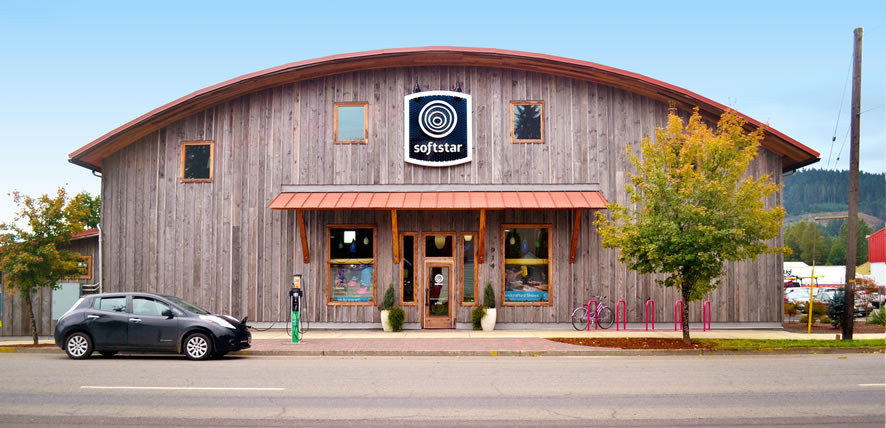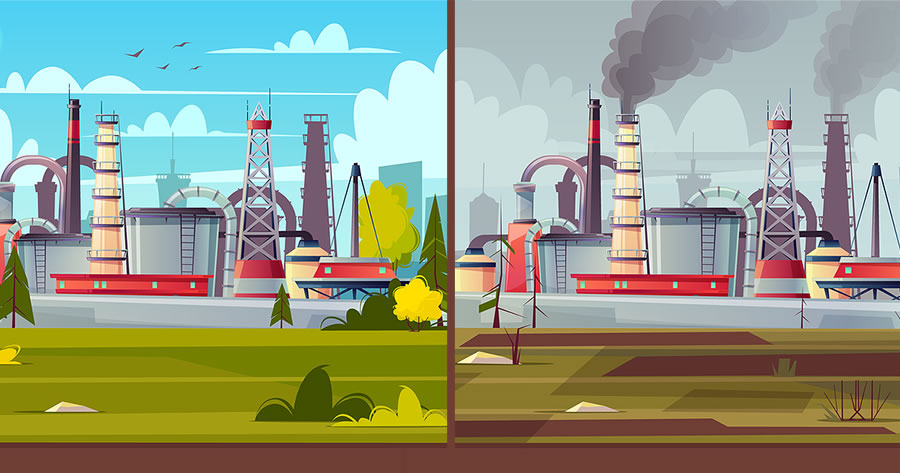Ethical Shoes: Leather vs. Plastic
Leather has been used to make shoes for at least 5,500 years and is still one of the most common shoe materials[1]. Does leather make for more ethical shoes compared to those made from fossil fuels?
I’ve been wearing minimalist shoes since 2016, but it wasn’t until recently that I considered the materials my shoes were made of. Despite being “minimalist,” they were mostly synthetic. None were made in the USA. I was making healthy choices for my feet, but was I walking lightly on the earth?
How Shoemaking Creates C02 Emissions
Stunningly, 1.4% of global greenhouse gas emissions are caused by footwear manufacturing[2]. (For perspective, air travel creates 2.5%.) Two-thirds of those shoemaking emissions are from the manufacturing phase. That’s mostly a result of using coal as an energy source. The majority of shoes in the world are manufactured in China where coal is the dominant source of electricity[3].
Consequently, where shoes and their materials are made is the single biggest factor in carbon emissions.

How Using Leather Mitigates C02 Emissions
The vast majority of hide animals are not raised specifically for leathermaking. Their hides are a byproduct of the meat industry. In 2021, skin and leather industries worldwide used 300 million hides. If instead these were incinerated or put in landfills, that would result in 6.6 million tons of C02 emissions[5]. That’s the equivalent of vaporizing half a million double decker buses per year into the atmosphere!
Furthermore, the profit value of animal hide does not drive up livestock production. The number of cattle reared for meat and dairy production would be the same even if people stopped buying leather[6]. US cattle ranchers are certainly aware that their cow hides are worth 1% of the total animal for 2020 (down from 6 - 8% historically[7].) But hide value by itself is not directly increasing animal agriculture.

How Petrochemicals Compare
Synthetic fibers take a heavier toll on the environment compared to natural fibers because it takes a lot of energy to extract and process petroleum[8]. Polyester fibers are the most common type, accounting for 55% of the global clothing market[9].
- The overall C02 emitted by producing polyester is 2.5x greater than producing organic cotton.
- It takes 4x as much energy to produce nylon fibers compared to wool.
Not only that, synthetic fibers aren't biodegradable. They continually break down into microplastics, litter the earth, and make us sick. Alarmingly, your own dryer may be venting 120 million polyester microfibers per year into your backyard. These plastics enter our bodies when we eat and breathe. They pollute our blood and can cause deadly diseases[10].
Does this mean leather shoes are more ethical?
Not always! It depends on the labor and environmental standards under which the tanneries operate. Some tanneries are major sources of toxic waste because they use formaldehyde tanning and unsafe chemical dyes.
Fortunately, other tanneries go to great lengths to be responsible, and Softstar purchases from industry leaders in this effort. We consider the following factors, among others, when choosing the best leather for our shoes and for our planet.
- Vegetable and olive tanning
- Animal husbandry and regenerative farming
- Water usage and treatment
- LEED compliant materials
- Worker safety
So... what are ethical shoes?
Answering this question comes down to how thoughtful about consumption we choose to be. Here are some questions you can ask yourself:
- Am I buying as local as possible?
- Can I buy or sell second-hand?
- Can I re-sole old shoes instead of buying new ones?
- Am I buying from companies that follow labor and environmental standards?
- Am I confident the materials are body safe?
To put it simply, we can reduce our carbon footprint by buying responsibly sourced shoes!
Visit Softstar’s sustainability page to learn more about our initiatives.
References
- The History of Leather Shoes
- How Sustainable Are Sneakers? The Environmental Impact of Sneaker Production
- Footwear’s (carbon) Footprint
- Oregon - State Energy Profile
- Using leather does not mean more cattle are reared, finds research
- Quantifying the Relationship Between US Cattle Hide Prices/Value and US Cattle Production
- Hide Economics: Leather’s Status as a Byproduct
- Carbon Footprint in Textile Industry and Ways to Reduce
- Microfibers Released into the Air from a Household Tumble Dryer
- A Detailed Review Study on Potential Effects of Microplastics and Additives of Concern on Human Health
HTM Elf Benjamin has been a graphic and web designer for 15+ years and came to Softstar in 2021. He made the switch to zero-drop shoes in 2016 after years of arch pain from running in conventional footwear, and hasn’t looked back. He has an art degree from Portland State University and enjoys minimalist shoes for hiking and gardening.


